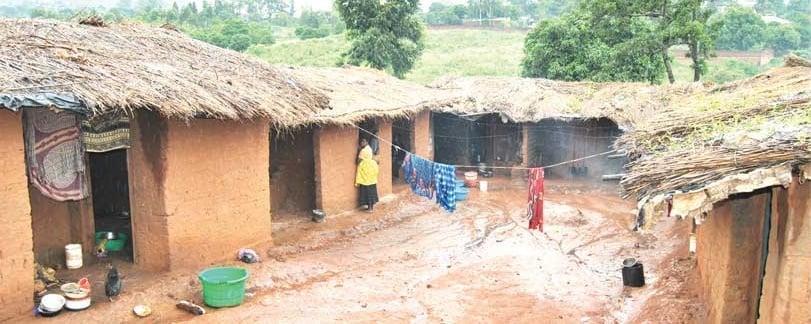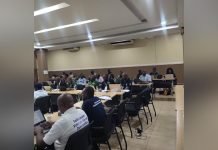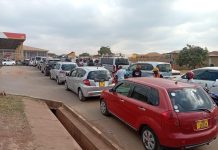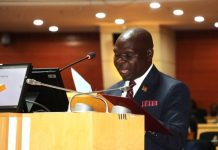Africa-Press – Malawi. Malawi is grinding to a halt. From the empty fuel pumps in Blantyre to the dark homes in Lilongwe and dry taps in Zomba, millions of Malawians are caught in a storm of crippling shortages — fuel, electricity, and water — that have left livelihoods in shambles and hope running dry.
Every corner of the country tells a story of struggle. Long queues of motorists stretch endlessly at filling stations. Families cook by candlelight, while others go to bed without water. Businesses are folding, transport is paralyzed, and basic survival has become a daily battle.
“Things are not okay. I have been here since seven in the morning — it’s now 2 p.m. and I still have no fuel,” said Emmanuel Musa, a frustrated motorist from Area 23 in Lilongwe.
In Zomba, the crisis is no different. Only one out of ten filling stations had fuel yesterday. Motorcycle taxi operator Chester Gombeza said the shortages have hit families hard.
“There is no relish at my home. We depend on this business to feed our families,” he lamented.
The Malawi Energy Regulatory Authority (MERA) and Electricity Supply Corporation of Malawi (Escom) have remained on the defensive, issuing technical explanations but little assurance. Government spokesperson Shadreck Namalomba blamed the fuel shortage on “logistical challenges” caused by post-election protests in Tanzania — Malawi’s key fuel supply route — and promised that “alternative routes are being explored.”
But to many Malawians, the words ring hollow. The queues keep growing. The blackouts keep deepening. The taps keep running dry.
Blackouts Deepen, Homes Go Dark
Escom confirmed a 77-megawatt deficit during evening hours, forcing the company to intensify load-shedding nationwide. The utility warned that persistent cloudy weather could further reduce solar generation, meaning longer and more frequent blackouts in the weeks ahead.
Consumers Association of Malawi (CAMA) Executive Director John Kapito didn’t mince words.
“It has sadly become the norm — a problem created by those at the top, while we at the bottom suffer,” he said. “It’s hard to see if this administration will turn things around, but we can only hope for real reforms that benefit all Malawians.”
Water Scarcity: The Silent Crisis
As if darkness and fuel shortages weren’t enough, dry taps are now tormenting households in Lilongwe and Blantyre.
In Lilongwe’s Area 23, resident Noria Nyirongo said water sometimes comes only once a month, mostly at night.
“We are struggling. We don’t know when this problem will end,” she said.
Another resident, Catherine Chimlala from Area 47, said her family goes up to two days without water.
“We rely on a private borehole, and we have to buy water for drinking and cooking,” she said.
The Lilongwe Water Board (LWB) has admitted it cannot meet the city’s growing demand, producing 125 million litres per day against a demand of 151 million litres, leaving a 26 million-litre deficit daily.
Hopeson Chaima, Acting Executive Director of the Water and Environmental Sanitation Network, said the government must move fast.
“Emergency supply measures, equitable rationing, and public updates are critical. People need access to safe water now,” he said.
A Nation Running on Empty
As the crises collide, Malawi’s economic and social fabric is fraying. Businesses are cutting hours, transport costs are surging, and families are barely coping. What used to be inconveniences have turned into national emergencies.
Malawians are no longer asking for promises — they are demanding action. Until then, the nation remains literally and figuratively in the dark: no fuel, no power, no water — and, increasingly, no patience left.
For More News And Analysis About Malawi Follow Africa-Press






